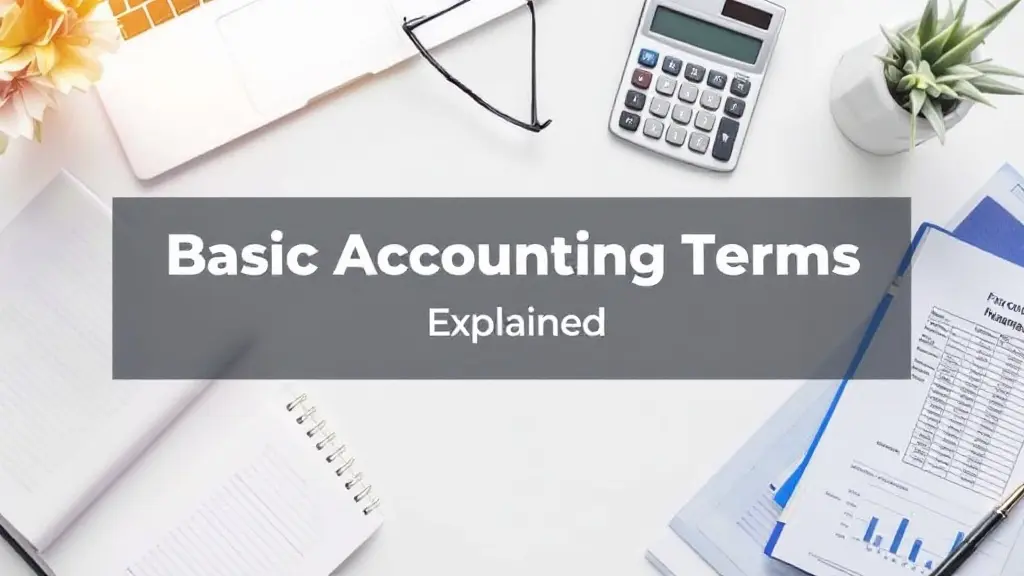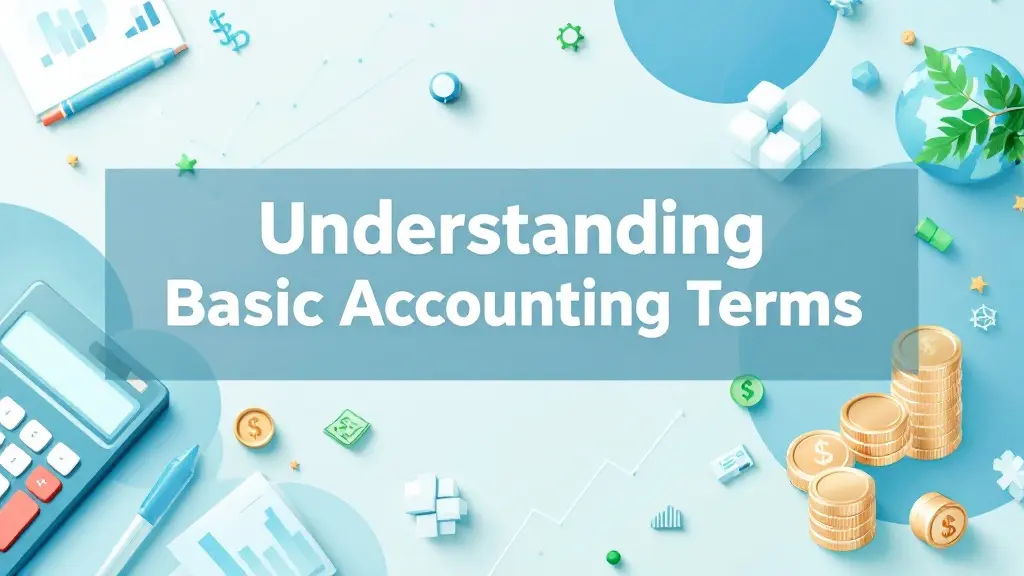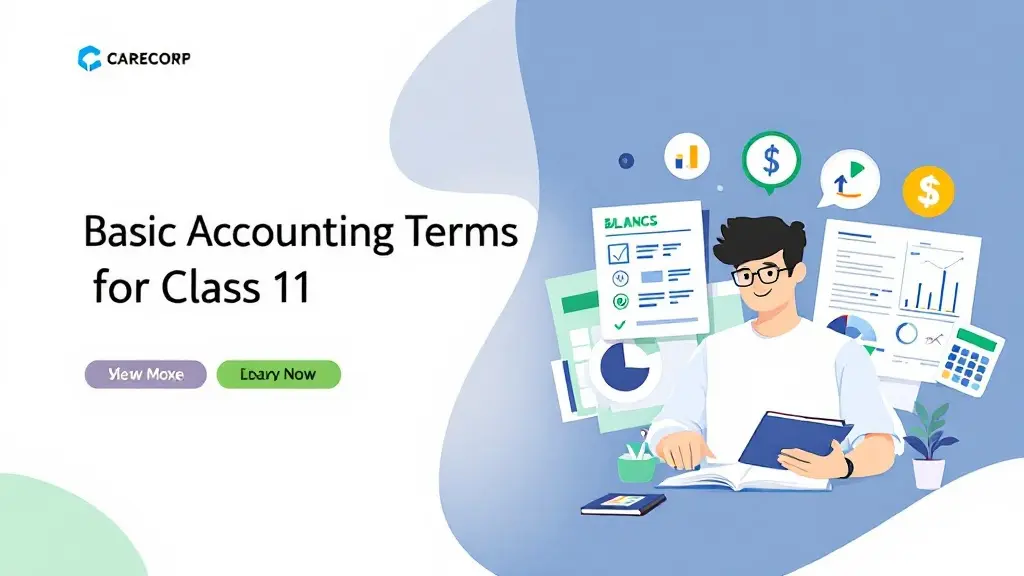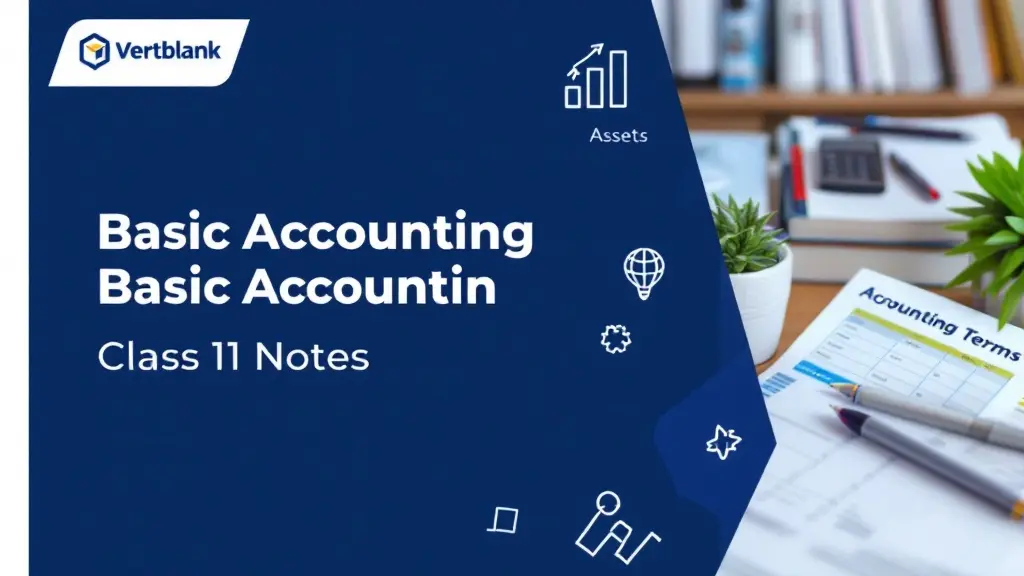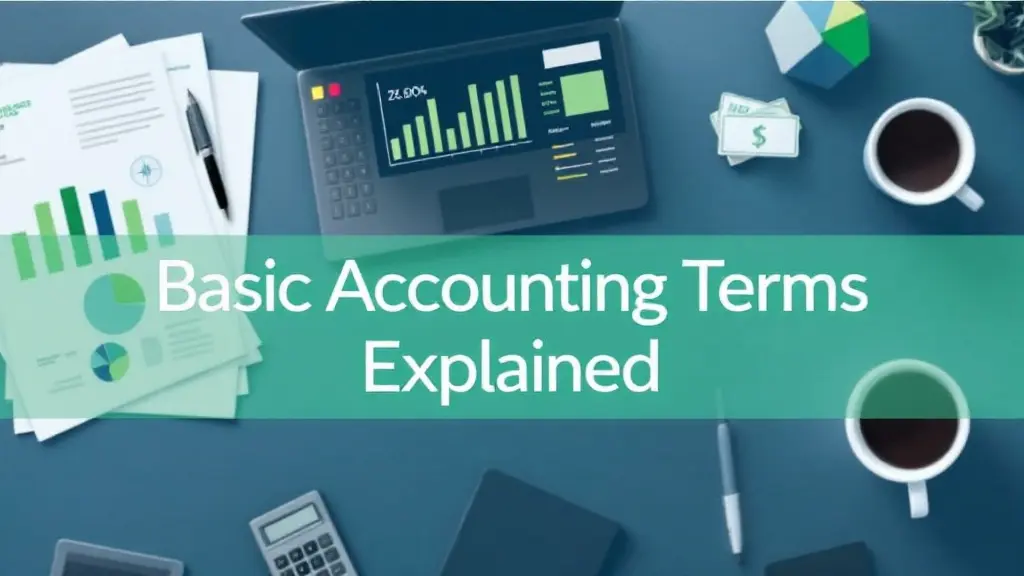Basic Accounting Terms: A Simple Guide to Master the Fundamentals
Table of Contents
Most Read
[fusion_dropcap class="fusion-content-tb-dropcap"]I[/fusion_dropcap]n today’s fast-paced business world, understanding basic accounting terms is not just for accountants — it’s essential for entrepreneurs, students, and anyone managing finances. Whether you are running a startup, planning a business expansion, or simply want to manage your personal finances better, knowing these terms will give you a solid foundation.
In this guide, we’ll walk through the essential accounting terms in a natural, easy-to-understand way. Let’s dive in!
Why Should You Know Basic Accounting Terms?
Before we jump into the list, you might be wondering: Is it really necessary to learn these terms if I’m not an accountant?
The answer is a resounding yes! A basic understanding can help you:
- Make better financial decisions
- Communicate clearly with financial advisors
- Understand financial statements
- Build and grow your business with confidence
Now, let’s break down the key accounting terms you should know.
1. Assets
Assets are everything a business or individual owns that has value.
Think of assets as the resources you can use to generate income or grow your wealth.
Examples:
- Cash
- Property
- Equipment
- Inventory
- Investments
Keyword tip: Assets in accounting, what are assets
2. Liabilities
Liabilities are what you owe to others — in simple terms, your debts or obligations.
Examples:
- Loans
- Credit card balances
- Mortgages
- Accounts payable
When you subtract liabilities from assets, you find the true value of a business or personal net worth.
3. Equity
Equity represents the owner’s share in the company after all liabilities are deducted from assets.
It’s often referred to as “owner’s equity” or “net worth.”
Formula:
Equity = Assets – Liabilities
For example, if your business has assets worth ₹10 lakh and liabilities of ₹6 lakh, your equity is ₹4 lakh.
4. Revenue
Revenue is the total income generated from selling goods or providing services.
It’s also called sales, turnover, or top-line income.
Keyword tip: Revenue meaning in accounting, sales vs revenue
Example:
If you sell 100 gadgets at ₹500 each, your revenue is ₹50,000.
5. Expenses
Expenses are the costs incurred to run your business or household.
These are necessary to earn revenue and keep operations going.
Types of expenses:
- Rent
- Salaries
- Utilities
- Office supplies
- Advertising costs
Reducing unnecessary expenses is key to increasing profitability.
6. Profit and Loss
Profit is what remains after all expenses are deducted from revenue.
If expenses are higher than revenue, it results in a loss.
Formula:
Profit = Revenue – Expenses
Businesses track this through a Profit and Loss Statement (P&L Statement) to monitor their financial health.
7. Accounts Receivable
Accounts Receivable (AR) refers to the money that customers owe you for products or services delivered but not yet paid for.
It’s listed as an asset on the balance sheet because it represents future cash inflows.
8. Accounts Payable
Accounts Payable (AP) is the amount you owe suppliers or vendors for goods or services received.
This is recorded as a liability because it’s money you need to pay soon.
9. Depreciation
Depreciation is the gradual reduction in the value of an asset over time due to wear and tear or obsolescence.
For example, a company car loses value each year, which needs to be recorded for accurate financial reporting.
10. Capital
Capital refers to the money or assets invested in a business by the owners or shareholders.
It can be in the form of:
- Cash
- Equipment
- Property
Investors and entrepreneurs often talk about “raising capital” to expand their businesses.
11. Balance Sheet
The balance sheet is one of the core financial statements. It shows a company’s financial position at a specific point in time.
It lists assets, liabilities, and equity following the equation:
Assets = Liabilities + Equity
This statement gives a snapshot of what a business owns and owes.
12. Income Statement
The Income Statement, also called the Profit and Loss Statement, summarizes revenues, expenses, and profits over a specific period — monthly, quarterly, or yearly.
It answers the key question: Is the business making money?
13. Cash Flow
Cash flow tracks the movement of money in and out of a business.
Types of cash flow:
- Operating Cash Flow (daily business activities)
- Investing Cash Flow (buying/selling assets)
- Financing Cash Flow (raising funds, paying debts)
Positive cash flow means more money is coming in than going out — a healthy sign!
14. General Ledger
The General Ledger is the master book where all financial transactions are recorded.
It helps in preparing important financial statements and is crucial for maintaining accurate accounting records.
15. Accrual Accounting vs. Cash Accounting
Accrual accounting records revenues and expenses when they are incurred, regardless of when cash is exchanged.
Cash accounting records transactions only when cash changes hands.
Most businesses prefer accrual accounting because it provides a more accurate financial picture.
16. Dividends
Dividends are payments made by a company to its shareholders, usually from profits.
Not all companies pay dividends; some reinvest earnings back into the business for growth.
17. Inventory
Inventory refers to the goods and materials a business holds for the purpose of resale.
Managing inventory efficiently is critical to maintaining smooth operations and meeting customer demand without overstocking.
18. Audit
An audit is an independent examination of financial records to ensure accuracy and compliance with laws.
Companies often undergo audits to reassure investors, stakeholders, and regulatory authorities.
Final Thoughts: Building Your Accounting Vocabulary
Understanding basic accounting terms empowers you to take control of your finances, whether for personal growth or professional success.
While accounting can seem complex at first, mastering these fundamental terms is your first step toward financial literacy.
The next time you read a balance sheet, review a cash flow report, or discuss finances with your accountant, you’ll be speaking the language of business confidently!
Visit Our Website : Accounting.in

